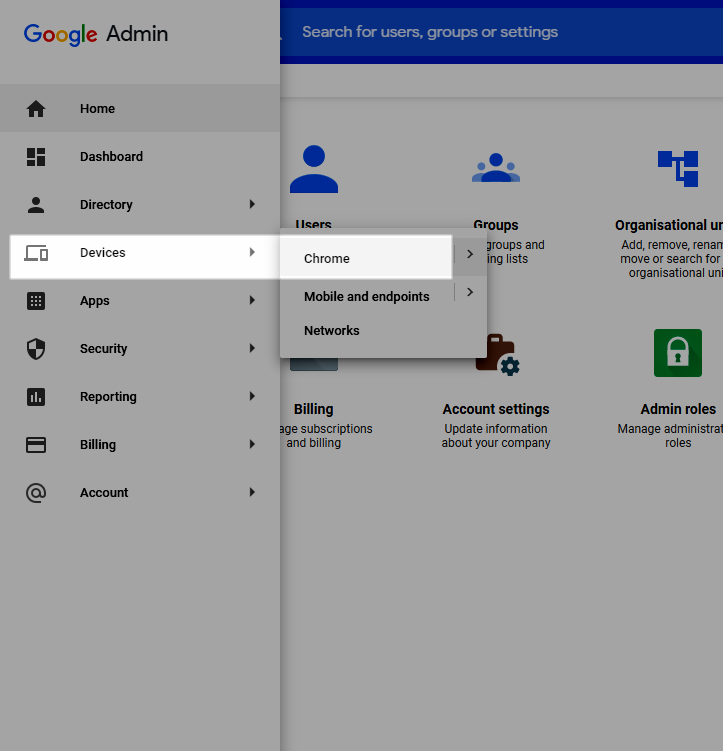Sophos For Chromebook
Sophos Chromebook Security can be deployed using Sophos Central or Google G Suite. This is an overview of the steps involved. For further information about Sophos Chromebook Security please the Sophos Mobile admin guide at docs.sophos.com Deployment via Sophos Central. Clientless SSO is in the form of Sophos Transparent Authentication Suite (STAS). You can integrate STAS in an environment with a single Active Directory server. Configure Chromebook single sign-on. Flash games for mac download. Learn how to configure Sophos Firewall to sign in Chromebook users to Sophos Firewall at the time they sign in to their Chromebook.

Learn how to configure XG Firewall to sign in Chromebook users to XG Firewall at the time they sign in to their Chromebook.

Objectives

Sophos Home offers clear and easy to understand subscription pricing. We offer one- and two-year pricing options, and discounts for continuing customers. Renewals are done automatically at the end of the subscription period, with clear communication via email about upcoming renewal events. Recovery Instructions: Your options. In the Application Control policy, applications are allowed by default. Filesalvage os x. System administrators choose applications that they wish to block.
When you complete this unit, you’ll know how to do the following:
Sophos For Chromebook Pro
- Configure an Active Directory server in XG Firewall for use with Google Chrome Enterprise.
- Configure a Chromebook for use with XG Firewall.
- Configure Google Chrome Enterprise for use with XG Firewall.
Sophos Vpn Client For Chromebook

Configure Chromebook SSO with Active Directory
First configure XG Firewall.
- Your Active Directory server is already configured for use with G Suite and synchronization has taken place.
- You know how to configure an Active Directory server in XG Firewall.
- You know how to create or import certificates.
- You know how to create firewall rules.
- Chromebooks can connect to the network controlled by XG Firewall, for example, LAN or Wi-Fi.
Sophos For Chromebook
- Create an Active Directory server.The Chromebook users in the AD must have email addresses that use the domain registered with G Suite. For example, if your registered domain is example.com, AD Chromebook users must have an email address like user@example.com.
- Change device access to allow Chromebook SSO.Go to Administration > Device access and select Chromebook SSO for the zone where the Chromebook users are allowed to connect from, for example, LAN and Wi-Fi.
- Create or import a valid certificate.Note The CN must match the zone and network where the Chromebook users are, for example, gateway.example.com.The certificate is used for SSL-encrypted communication with the Chromebooks.
The certificate must not be protected by a passphrase.
- Go to Authentication > Services > Chromebook SSO, enable the Chromebook SSO feature and specify the following settings:Domain
The domain as registered with G Suite, that is, the domain suffix of the email addresses used in G Suite, for example, example.com. This can be different from your Active Directory domain. Port 65123 Certificate The certificate created/imported above Logging level Select the amount of logging - Click Download G Suite app config.This will download a JSON file that you need to paste into G Suite later.
- Open the file with a text editor, enter a value for serverAddress (LAN or DNS IP address of XG Firewall), and save.Server address must match the certificate’s CN, for example, 10.1.1.1.
- Create firewall rules.
- Create a User/Network rule to allow Google API and Chrome Web Store communication for all devices. This is necessary to push the app to the Chromebooks:
- Source zones, for example: LAN, Wi-Fi
- Destination zones, for example: WAN
- Destination networks: Select the predefined FQDN host groups Google API Hosts and Google Chrome Web Store.
- Create a User/Network rule to match known users and to show the captive portal to unknown users to allow internet access to Chromebooks:
- Source zones, for example: LAN, Wi-Fi
- Destination zones, for example: WAN
- Identity: Select the following options: Match known users, Show captive portal to unknown users
Sort both rules so that rule a) is applied before rule b).
If you don’t select Show captive portal to unknown users in rule b), we recommend that you create another network rule c) to avoid possible waiting time when contacting the Chrome Web Store.
- Create a User/Network rule with the following settings:
- Rule type: Reject
- Source zones, for example: LAN, Wi-Fi
- Destination zones: WAN
Place the rule at the bottom of the list so that the rule is applied last. Adobe muse cc mac crack torrent download.
- Create a User/Network rule to allow Google API and Chrome Web Store communication for all devices. This is necessary to push the app to the Chromebooks:
